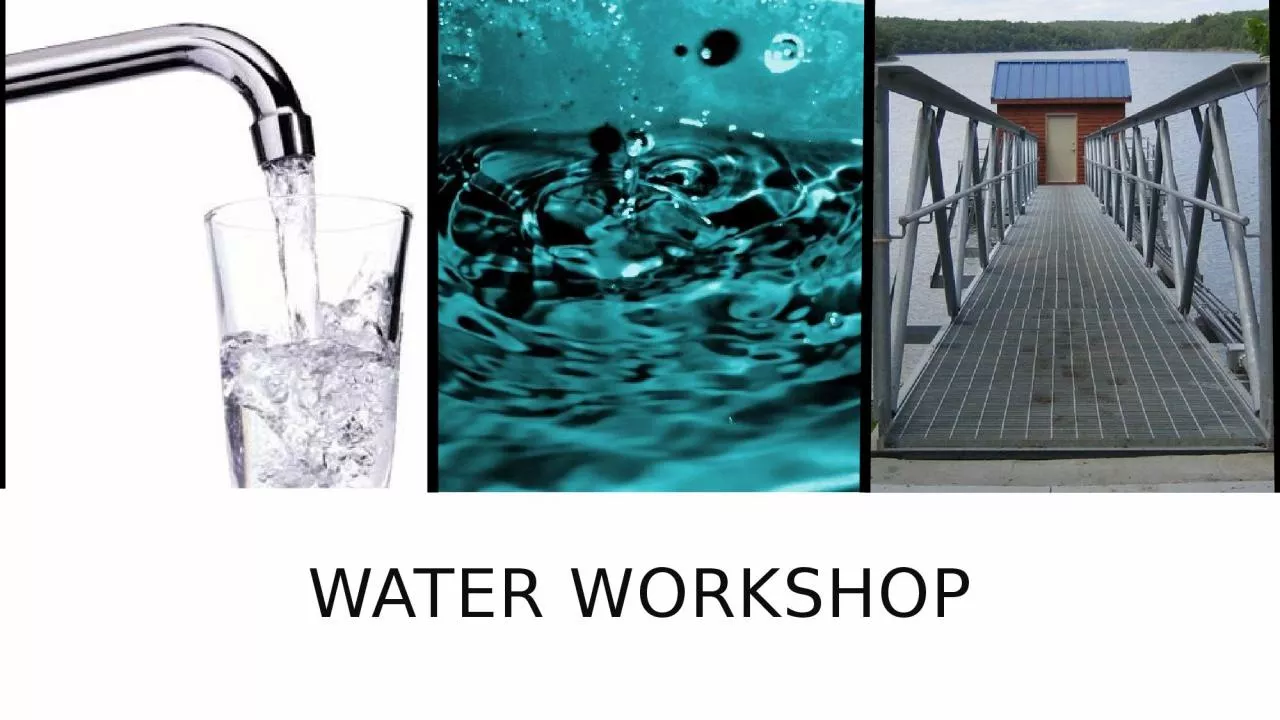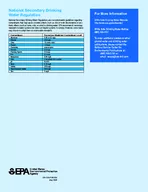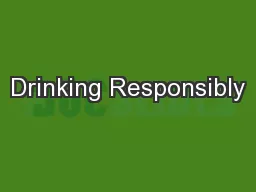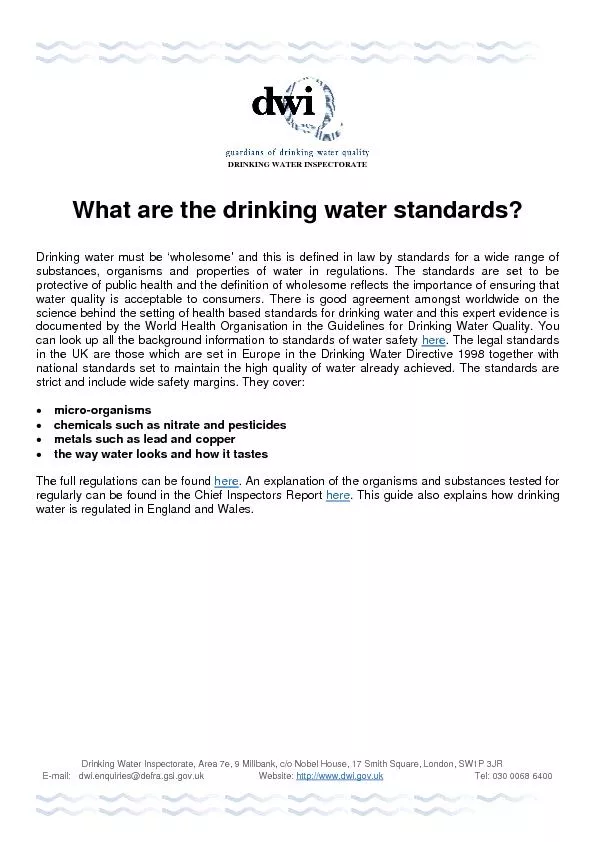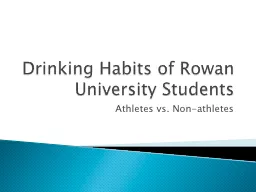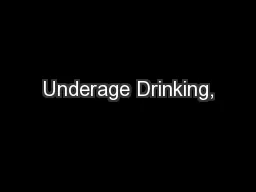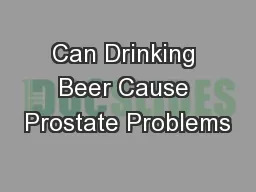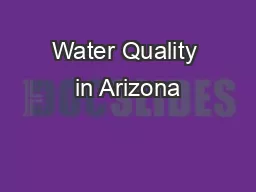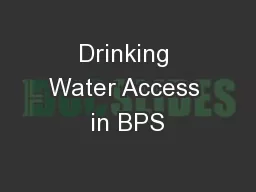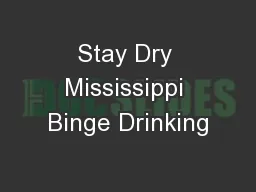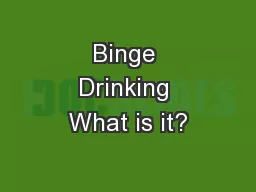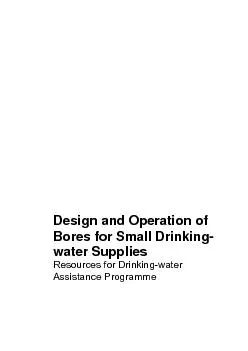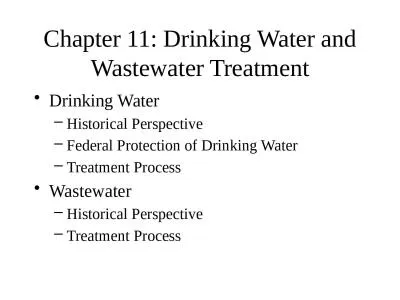PPT-Water Workshop Drinking Water Sources
Author : cecilia | Published Date : 2024-02-03
eldokscom Surface Water Groundwater CA State Water Resources Control Board Watersheds Everyone lives in watershed Watersheds drains into a receiving body of water
Presentation Embed Code
Download Presentation
Download Presentation The PPT/PDF document "Water Workshop Drinking Water Sources" is the property of its rightful owner. Permission is granted to download and print the materials on this website for personal, non-commercial use only, and to display it on your personal computer provided you do not modify the materials and that you retain all copyright notices contained in the materials. By downloading content from our website, you accept the terms of this agreement.
Water Workshop Drinking Water Sources: Transcript
Download Rules Of Document
"Water Workshop Drinking Water Sources"The content belongs to its owner. You may download and print it for personal use, without modification, and keep all copyright notices. By downloading, you agree to these terms.
Related Documents

